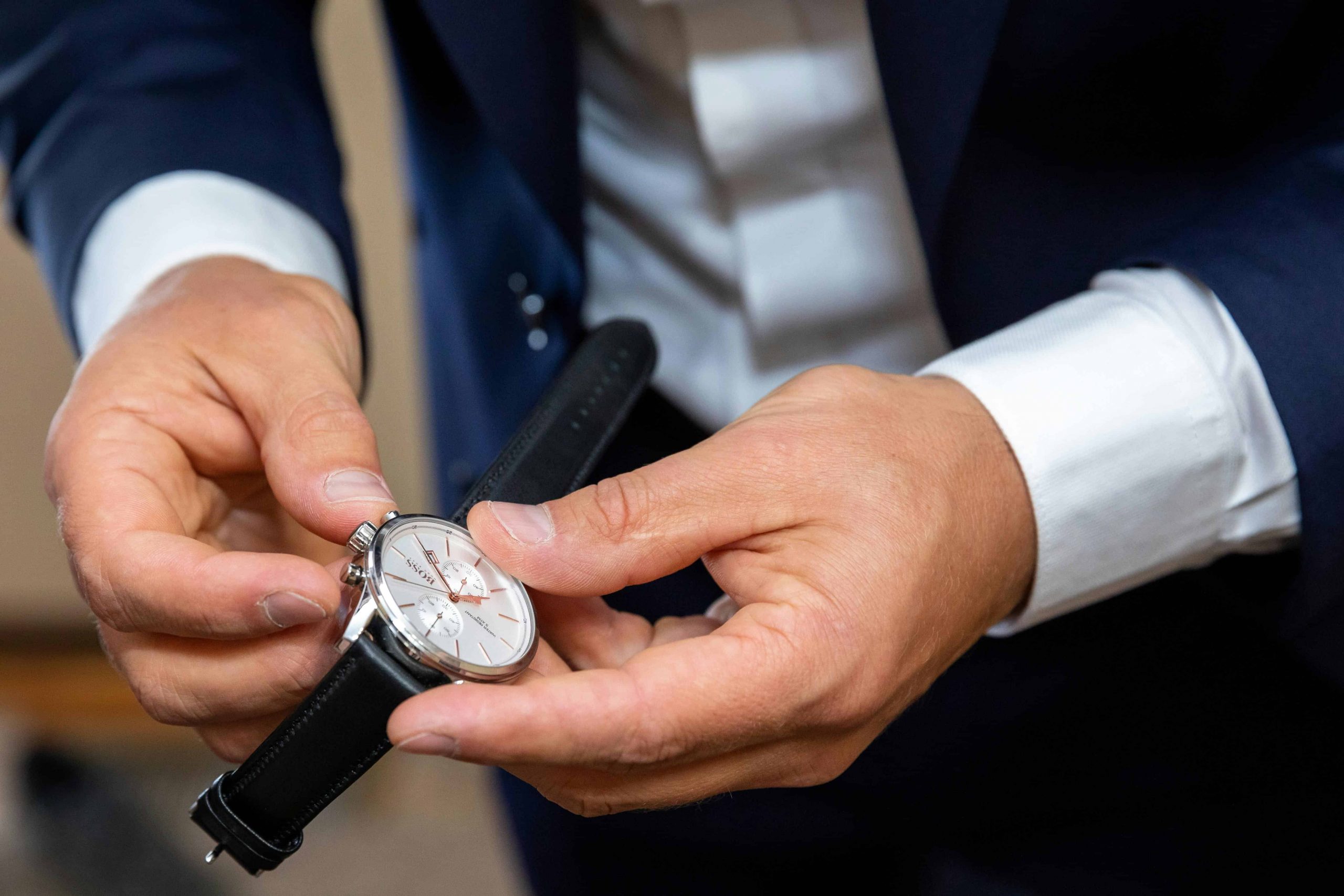
Anatomy of a Classic Watch: Timeless Elegance Unveiled
Introduction: Anatomy of a Classic Watch
Classic watches have an illustrious history that spans generations; their enduring appeal is rooted in a combination of artistry and functionality. From their humble origins to becoming iconic fashion statements, these timepieces have stood the test of time. In this exploration, we delve into the intricate details that compose a classic watch, shedding light on the craftsmanship and precision that make them timeless.

© Huguenot Horology / Pexels
The Exterior
Case
Classic watches boast a diverse array of cases, crafted with meticulous attention to detail.
Material Options
- Stainless Steel: Known for durability and sleek appearance.
- Gold: Adds a touch of luxury and refinement.
Different Case Shapes
- Round: Timeless and versatile.
- Square: A nod to vintage styles.
Parts of the Case
- Bezel: Frames the dial; available in various materials like steel or ceramic.
- Crystal: Protective cover for the dial; options include mineral glass and scratch-resistant sapphire crystal.
- Caseback: Solid for durability or exhibition for a peek into the intricate movement.
- Lugs: Attach the strap or bracelet, influencing the overall aesthetic.
Strap/Band
The strap or band of a classic watch contributes significantly to its overall look and feel.
Material Options
- Leather: Timelessly elegant and comfortable.
- Metal: Modern and durable.
Different Clasp Types
- Buckle: Traditional and secure.
- Deployment Clasp: Streamlined and convenient.

© Lulian Patrascu / Pexels
The Interior (Movement)
Mechanical vs. Quartz Movements
Classic watches primarily utilize two types of movements, each with its own unique characteristics.
- Mechanical Movements: Intricate and traditional, powered by the unwinding of a mainspring.
- Quartz Movements: Precise and battery-powered.
Key Components of a Mechanical Movement
- Mainspring: Stores and releases power.
- Barrel: Houses the mainspring.
- Gear Train: Transfers power through various gears.
- Escapement: Regulates the release of power; includes the balance wheel and hairspring for consistent oscillation.
- Jewels: Reduce friction, enhancing movement longevity.

© Alex Kad / Pexels
The Face (Dial)
Functions Displayed on the Dial
The dial serves as the canvas for displaying essential functions.
- Hours, Minutes, and Seconds: Fundamental Timekeeping.
- Date: Additional practicality.
Design Elements
- Hour Markers: Numerals or indices add character and readability.
- Hands: Styles range from classic to modern, crafted in materials like gold or stainless steel.
Conclusion
As we conclude our journey through the anatomy of a classic watch, the intricate fusion of artistry and precision becomes evident. From the external allure of diverse cases and straps to the internal symphony of mechanical movements, every component narrates a story of timeless elegance. These timepieces, with their enduring history and enduring appeal, stand as testaments to the impeccable craftsmanship that transcends generations, creating a legacy that is both functional and aesthetically profound.
Key Takeaways
- Material and Form: Stainless steel and gold define durability and luxury, offering timeless versatility in round and square case shapes.
- Intricate Details: Components like the bezel, crystal, caseback, and lugs contribute to both aesthetics and function, providing options for durability or a view into the movement.
- Strap Versatility: Leather or metal straps, coupled with buckles or deployment clasps, play a pivotal role in defining the watch’s overall look and comfort.
- Movement Mastery: Classic watches employ mechanical or quartz movements, with the former showcasing traditional craftsmanship through mainspring, barrel, gear train, escapement, and jewels.
- Dial Dynamics: The dial displays essential functions with hour markers and hands, adding character to the timepiece.
- Timeless Legacy: Classic watches transcend eras, blending artistry and precision to create a legacy of enduring elegance, intertwining functionality with aesthetic profundity.
FAQs (Frequently Asked Questions)
What makes classic watches timeless?
Classic watches blend artistry and functionality, standing as iconic fashion statements with enduring appeal across generations.
Which materials are commonly used for classic watch cases?
Classic watches boast stainless steel for durability, gold for luxury, and diverse shapes like round and square for versatility.
Why choose an exhibition caseback?
An exhibition caseback provides a captivating glimpse into the intricate movement, showcasing the watch’s craftsmanship.
How do strap materials impact a classic watch’s aesthetic?
Leather or metal straps, along with buckles or deployment clasps, significantly influence the watch’s overall look and comfort.
Why offer both mechanical and quartz movements in classic watches?
Classic watches provide a choice between intricate mechanical and precise quartz movements, catering to diverse preferences with unique characteristics.
Delve into the intricate world of horology as we uncover the artistry and precision that elevate certain timepieces to the status of timeless classics.




